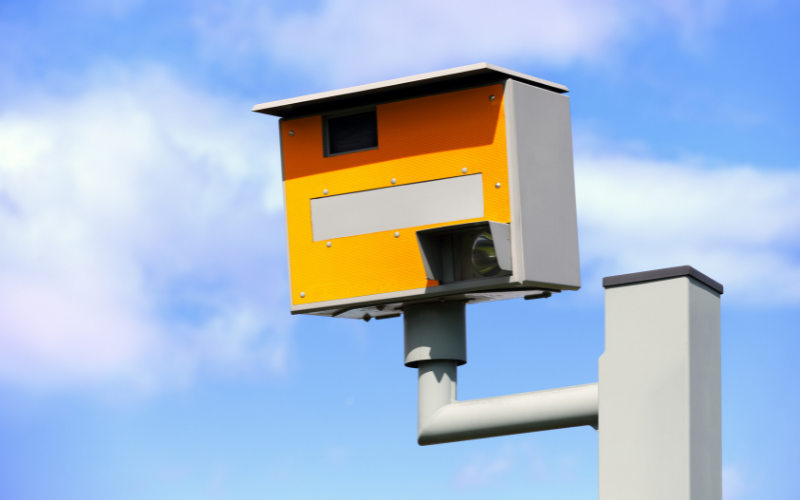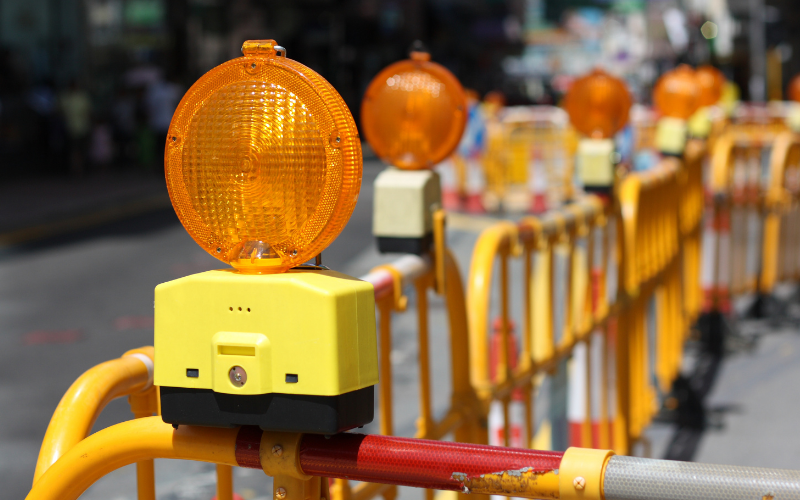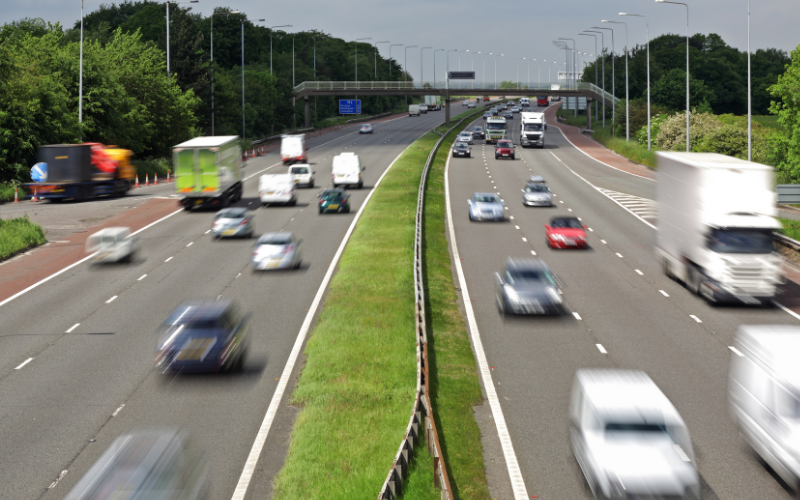The Highway Code Updates You Need to Be Aware Of
22/09/2021 10:06
Share
The Highway Code Updates You Need to Be Aware Of
The Highway Code has received a number of important updates, which drivers need to know before they hit the roads.
Read on for a full breakdown before you get behind the wheel.
Highway Code Rules 2021
The latest version of the Highway Code sees the introduction of a ‘hierarchy of road users’ which aims to ensure that people who pose the greatest risk of harm in the event of a collision, bear the greatest responsibility. For example, an HGV driver would have a higher level of responsibility than a cyclist, and a cyclist would have a greater level of responsibility than a pedestrian.
The hierarchy is ordered (from highest to lowest priority):
- Pedestrians
- Cyclists
- Horse riders
- Motorcyclists
- Cars/taxis
- Vans/minibuses
- HGVs
Pedestrians have priority at zebra crossings and on pavements. Drivers should give way to pedestrians crossing roads into/out of which they are turning.
Cyclists have priority at junctions when travelling straight ahead.
Drivers of electric or plug-in vehicles are asked to park as close as possible to charge points to reduce the likelihood of someone tripping on trailing cables.
Cyclists must give plenty of room to pedestrians when passing on shared cycle paths.
What Rules Have Been Updated?
Rule 91:
You must get sufficient sleep before taking a long journey. If you do feel tired, stop in a safe place (not an emergency area or on a hard shoulder).
Rule 97:
Before starting your journey, you must ensure that you have a valid licence and insurance for the vehicle you intend to drive.
You should also ensure that:
- You have planned your route and have allowed time for breaks and delays
- You have ample fuel or charge for your journey
It’s also recommended that you have a mobile phone on you which contains emergency contacts (such as breakdown assistance), and you have high-vis clothing handy in your vehicle.
Rule 124:
On roads with street lights (except motorways) a speed limit of 30mph is generally applied unless signs inform you otherwise.

Rule 126:
You must allow at least a two-second gap between your vehicle and the one in front on high-speed roads or tunnels (because of reduced visibility). On wet roads, this should be doubled, and on icy roads, this should be ten times greater.
Tailgating is dangerous and can cause collisions – dangerous and careless driving offences (such as tailgating) are enforced by the police.
Rule 138:
On a dual carriageway that has three or more lanes, you should use the middle lanes or right-hand lane to overtake, but you must return to the middle lanes and then the left-hand lane when it’s safe to do so.
Rule 230:
You must NOT stop, or park on:
- The carriageway, an emergency area or a hard shoulder – unless it’s an emergency
- A pedestrian crossing, including the area which has zig-zag markings
- A clearway, taxi bay or cycle track
- A tram or cycle lane during its period of operation
- Roads marked with double white lines, even if there’s a broken white line on your side – except to pick up or drop off passengers, or to load or unload goods
- An urban clearway within its hours of operation – except to pick up or drop off passengers
- Red lines, unless otherwise indicated by road signs. Any vehicle may enter a bus lane to stop, load or unload where this is not prohibited
Rule 234:
Before you enter fog, check your mirrors and make sure to slow down. If you see a sign that reads ‘Fog’ but the road appears clear, be prepared to hit a bank of fog or drifting fog on the road ahead.
Rule 253:
Individuals who hold a provisional car licence must not drive on the motorway unless accompanied by a DVSA Approved Driving Instructor. They must also display red L plates (D plates in Wales) and have dual controls.
Motorways must not be used by pedestrians, provisional motorcycle licence holders, motorcyclists riding under 50cc (4kW), cyclists, horse riders, certain slow-moving vehicles and those transporting oversized loads (unless granted special permission), agricultural vehicles and powered wheelchairs or mobility scooters.
Rule 257:
Amber flashing lights signal that a hazard lies ahead, you should:
- Reduce your speed
- Only increase your speed once you pass a signal that isn’t flashing, a national speed limit sign or sign displaying the word ‘End’ - and when you are confident it is safe to do so

Rule 258:
Red flashing lights and a red cross (‘X’) signal a closed lane, in which people, stationary vehicles or another hazard is present. You must follow the instructions on signage to move safely into an open lane. You must not drive in the closed lane, and where the left lane is closed on an exit slip road you cannot use that exit.
Rule 261:
You mustn’t exceed a speed limit which is displayed on a sign with a red circle.
Rule 263:
You must not reverse along any part of a motorway – this includes slip roads, hard shoulders and emergency areas (unless directed by a police or traffic officer).
Rule 264:
Stay in the left-hand lane, unless overtaking. When safe to do so, you should return to the left-hand lane.
Rule 266:
When approaching a junction, you should look well ahead for any signals, signs or road markings.
Rule 269:
- If a hard shoulder is present, you must not use it unless it’s an emergency, or you have been directed by the police, a traffic officer or a traffic sign
- Be aware when the hard shoulder is being used as an extra lane during periods of congestion
- You must not use the hard shoulder if a red ‘X’ is displayed above it - unless it's an emergency
- You can only use the hard shoulder as a lane to drive in when a speed limit is shown above it
- When the hard shoulder is being used as an extra lane, there are emergency areas provided – for use in an emergency only

Rule 270:
Emergency areas are located along motorways with no hard shoulder, or where the hard shoulder is being used as an extra lane. These must only be used in an emergency. Blue signs with an orange ‘SOS’ telephone symbol mark these areas, and in some cases, they may have orange surfacing.
Rule 271:
You must not stop on any carriageway, emergency area, hard shoulder, slip road, central reservation or verge, unless it’s an emergency or you’ve been told to do so by the police, a traffic officer, an emergency sign or red flashing light signals. Don’t stop on any part of a motorway to make or take a phone call – unless it’s an emergency.
Rule 275 (New Rule):
In the event of a breakdown or an incident and you need to stop your vehicle, try to stop in a place of safety – where yourself, your passengers and your vehicle aren’t likely to be at risk from moving traffic. A location designed for parking is the safest place to stop; on motorways/high-speed roads, the safest place to stop is a service station. Other places of relative safety include lay-bys, emergency areas or hard shoulders. If you stop on the hard shoulder, be aware of the danger due to fast-moving traffic. You and your passengers should keep well away from your vehicle as well as the main road/moving traffic. Also, remember to exit the vehicle on the side furthest from the traffic.
- Put on high-visibility clothing (if you have it)
- If there is a safety barrier, stand behind it
- Move away from any area where your vehicle could be forced into you if moving traffic collides with it
- Even if it’s raining, cold or dark do not return to your vehicle
- Stay alert to any vehicles or debris coming towards you
- Do not place a warning triangle on the motorway carriage
- Keep any animals inside the vehicle, or in an emergency under control on the verge
Rule 283:
If you are involved in an incident or have stopped to assist
- Stop in a place of relative safety, if possible
- Ask drivers and passengers to stop smoking if necessary
- Contact the emergency services (999)
- Do not move any injured individuals from their vehicle, unless they are in immediate danger
- Do not remove a motorcyclist's helmet unless it’s essential and you have been trained in how to do this
- Be prepared to exchange necessary details
It’s hoped these Highway Code updates will help make roads safer for all road users as well as redress the responsibility balance, holding higher risk road users more responsible, to reduce the danger they pose.
Keep an eye on our Newsroom for all your motoring updates.